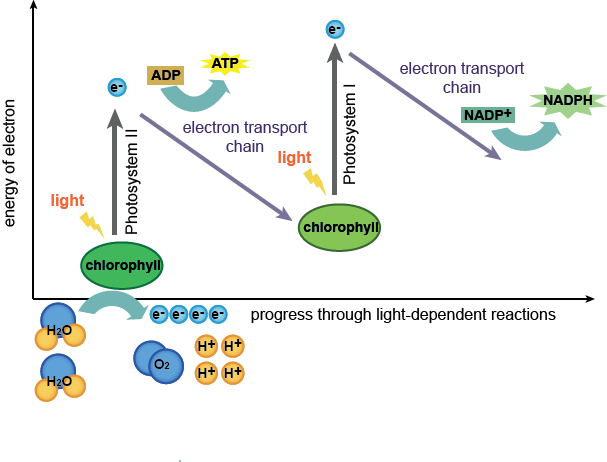In what part of the day do plants produce more carbon dioxide than oxygen?
3 Answers
The night
Explanation:
Remember that a plant does two things, it either produces energy by photosynthesis, in which case it takes up the carbon dioxide and releases oxygen, or consumes energy to grow/carry out the functions of life.
In the second case, the plant takes the glucose, or sugar, that it made during photosynthesis and breaks it into pieces, releasing energy. This step is accompanied by the release of carbon dioxide into the atmosphere. This happens all the time, but since the plant does not produce sugar and release oxygen during the night, the night is when it produces more CO2 than O2.
During the night
Explanation:
A plant usually does two things, photosynthesis and respiration. For photosynthesis, it needs sunlight and chlorophyll to convert carbon dioxide and water to oxygen gas and energy.
But during the night, when there is less sunlight, the plant would perform respiration, where it uses oxygen and energy and converts it to carbon dioxide and water.
At night.
Explanation:
Oxygen is produced during the day in the light dependent reactions of photosynthesis. Oxygen is used day and night for aerobic cellular respiration, and carbon dioxide is produced day and night as a product of aerobic cellular respiration.
The light dependent reactions of photosynthesis produce oxygen in the process called photolysis, in which water molecules are split into hydrogen ions
The light dependent reactions cannot occur at night when there is no sunlight.
Therefore, more carbon dioxide is produced at night during aerobic cellular respiration.




